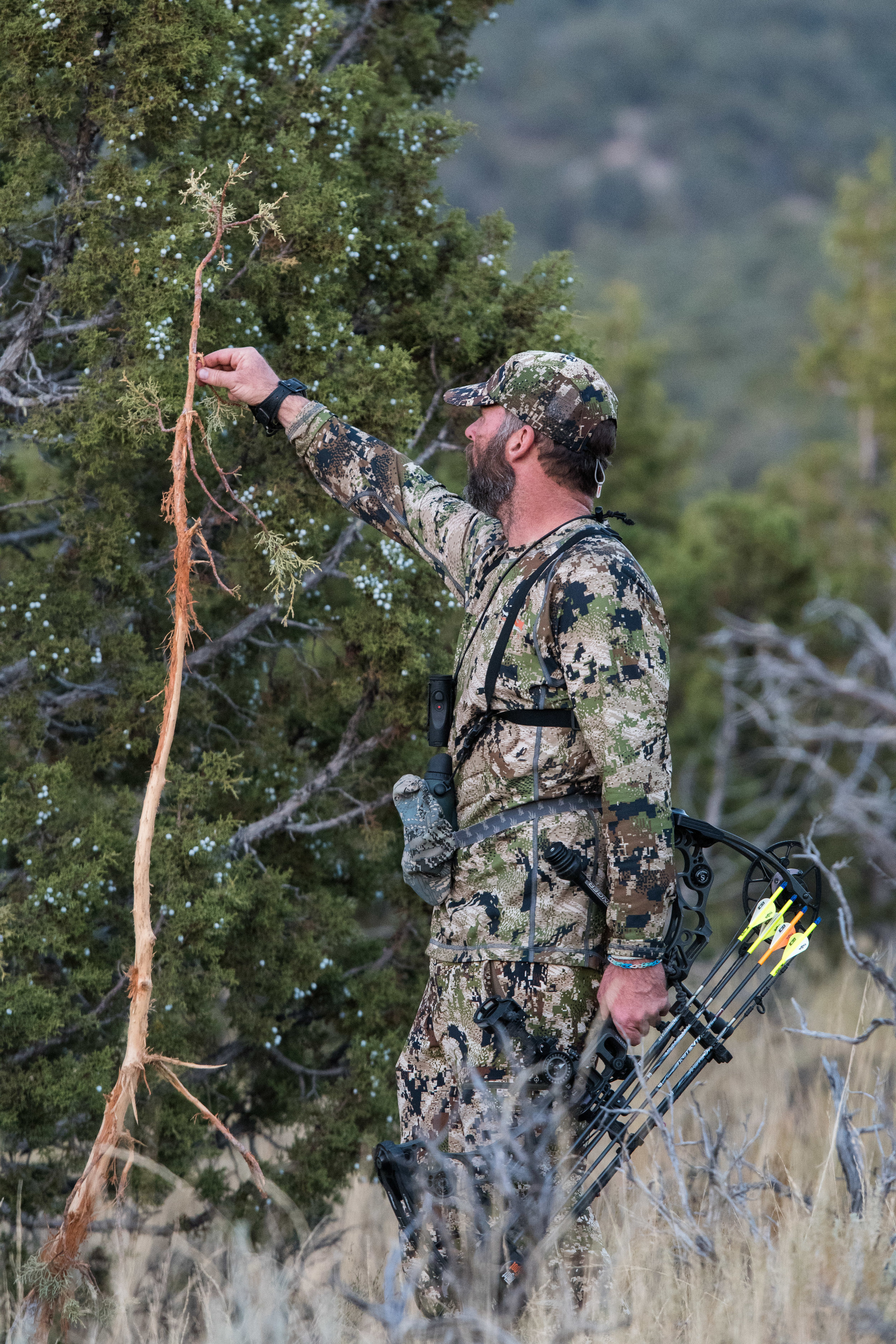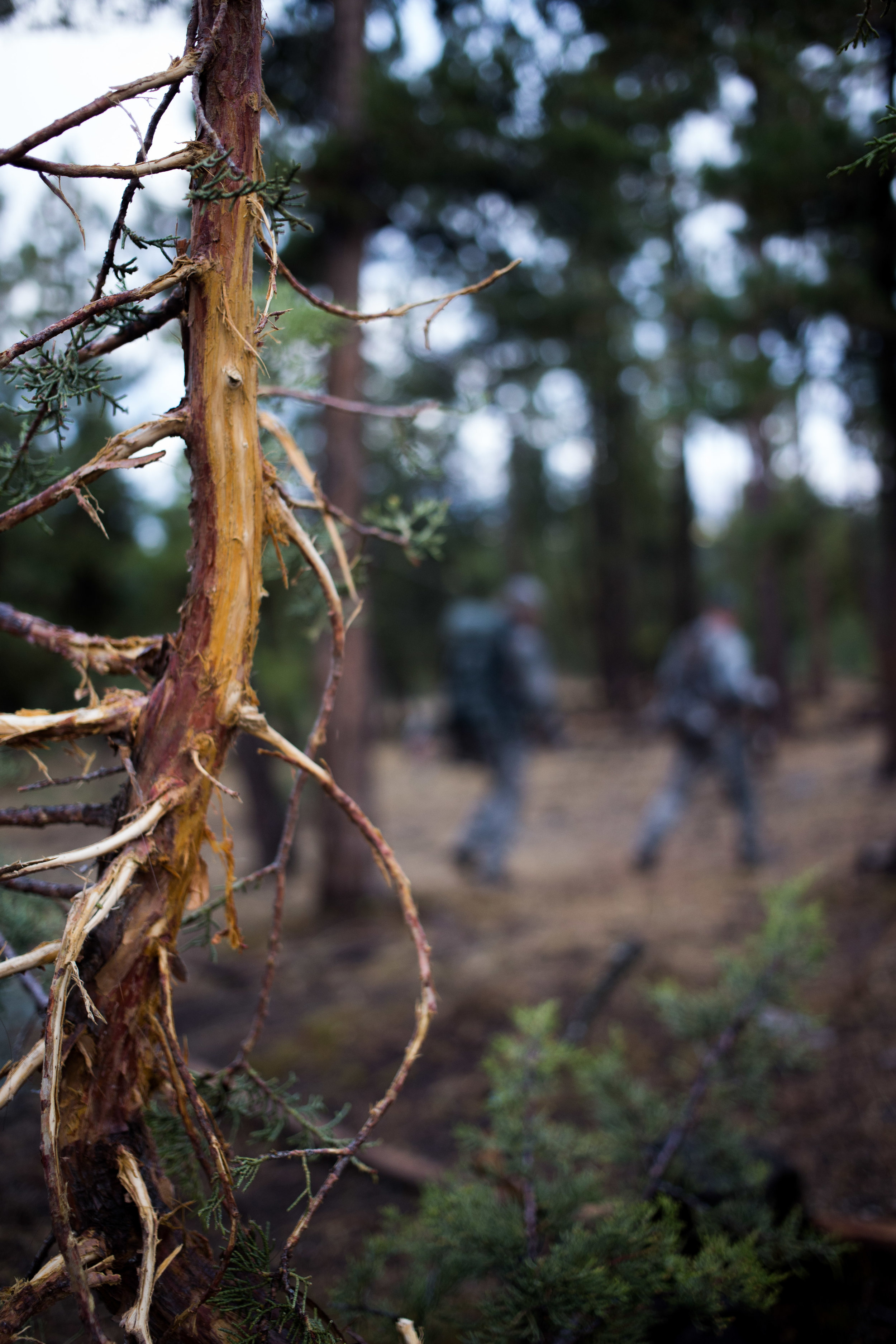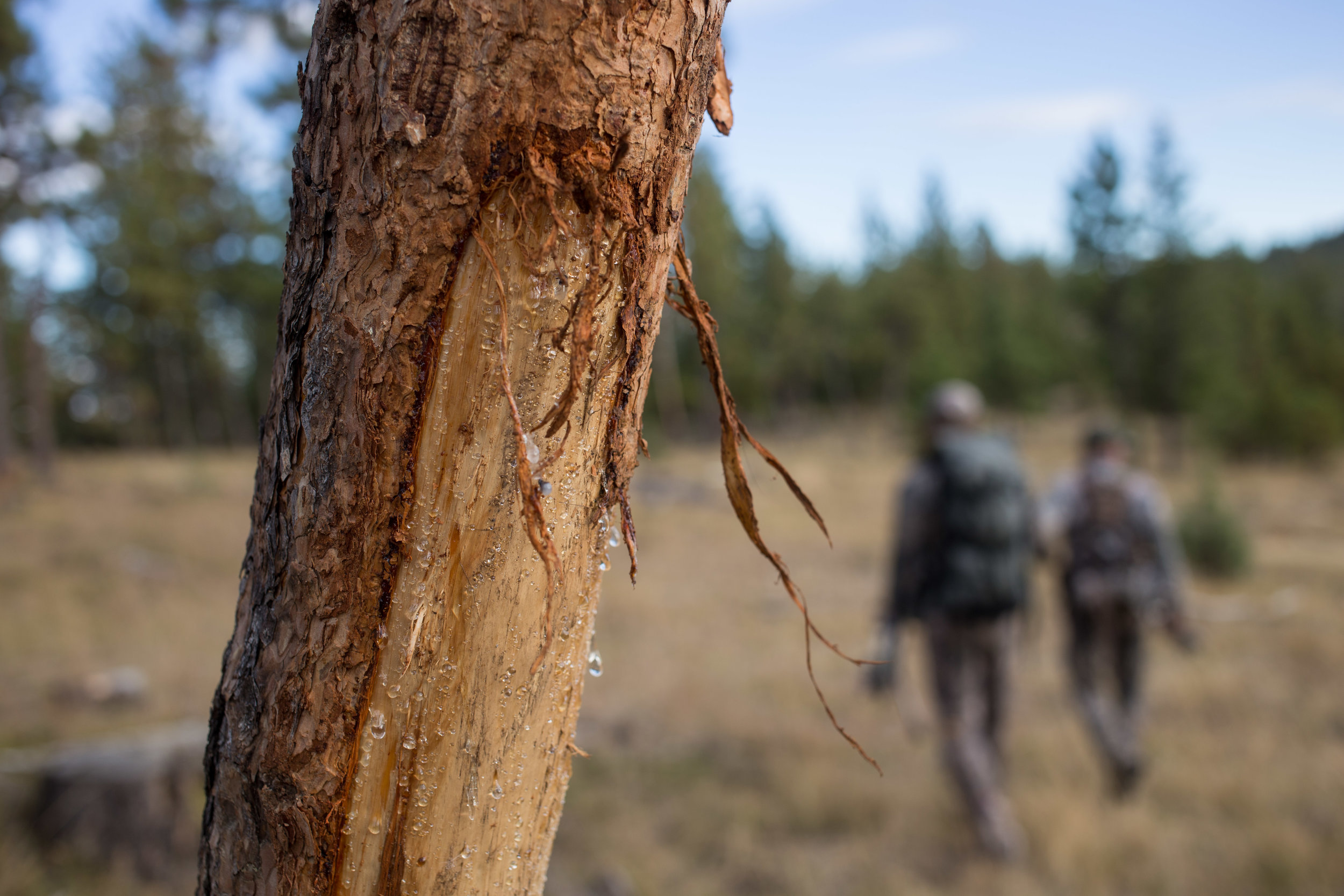Our team at Seacat Creative is collective of hunters and outdoorsmen and women. There really isn’t a time of year that one of us isn’t on a hunt or prepping for the next one. Water-cooler talk on Monday morning is far too often composed of the mishaps from our previous hunts. The unsuccessful hunts typically share some common mistakes that our successful ones tend to lack. So we compiled a list of the common mistakes we, here at Seacat Creative, have gotten pretty good at making over the years. Try to avoid these mistakes if you want to end your next hunt with a notched tag.
- Alec Goplen
1) Overthinking Your Strategy
There are thousands of variables you have to get right for a hunt to end successfully. Which means there are thousands of things to think about. But while those variables are occupying mind space, the room to focus on the one important factor often falls short. That is: to actually kill. Sounds elementary, right? It is, but how often have you been on a stalk thinking about the wind, the noise you're making, if your broadhead is on tight enough, if your peep is straight, ranging every blade of grass you can, and moving at the speed of molasses, only to have nothing happen at all?
When you ask successful hunters what was going through their head when they took the shot, the response is typically something along the lines of, “No idea.” That’s because they weren’t thinking; they were simply hunting. We regularly refer to this zone of focus as "kill mode". This is the state of flow when you’re entirely consumed in executing that one single thing. This is how hunters harvest without ranging, using borrowed equipment, or how the old timers used to do it with equipment the hunters of today couldn’t fathom using.
While checking the wind, ranging, making sure you're extra quiet, and a million other things are important, we find that if you're focused solely on hunting and you're in the zone, those things fall into place. So our advice is to take care of those things on the front end and when it’s time to hunt, do just that.
2) Sneaking In To That Distant Bugle
Here is the most boring hunting story we always hear and have often told: “I heard him rip off a bugle, so I slipped my shoes off and started creeping in, but then, I never saw him." To be patient or aggressive is probably the hardest decision to make in hunting. It’s a constant battle because regardless of which tactic you deploy, if the hunt doesn’t work out, you’ll regret your decision. But in our experience, most hunters aren’t aggressive enough. Hunting is funny in that even the biggest and burliest hunters get frantic, freeze up and start to tiptoe up the mountain when bugles ring out. And more often than not, being too careful is exactly what leads to failure. What’s worked for us is the opposite. Once you have them located, go and go hard.
The mountains are their playground. Elk can effortlessly cover miles in no time, so just when you think you’re in close, they still have the ability to peace out in an instant. With that said, there’s no rhyme or reason to how sound travels in the hills, so he might sound like he's a 100 yards away when’s he’s actually 3 ridges over. Lastly, the more time you take sneaking in, the more time you spend on mistake #1; Overthinking Your Strategy.
In our experience, when an elk exposes his location, you should take advantage of it and bomb in. Your story may not end in success, but we’ll bet it’s better than not getting the chance at all.
3) Leaving The Spotting Scope At Home
Glassing is easily the biggest advantage we have over the game we pursue. So, if you're an ounce-counter or a penny-pincher, we suggest you consider the extra weight and cost incurred by good glass as an investment. You can cover unreal amounts of country while glassing from your vantage. That fact aside, from behind the glass you can assess elk size, patterns, location, and comfortably draw up your game plan. This allows you to remove many unknowns you’d otherwise find yourself thinking about on the stalk.
Rather than slowly walking the timber only to blow him out before you get a good look, invest your mornings behind the glass, watch where he goes to bed, define your strategy and then make sure to avoid mistakes #1 and #2.
4) Hunting Where Elk “Should” Be
One of the most common errors that we see hunters make over and over again is letting circumstances that don’t matter to elk determine where they hunt. If you’ve ever left an area because there are a lot of cars at the trailhead or jumped off the trail as soon as possible because “Well… it’s a trail.” If you’ve forced yourself to hike in as far as your legs will take you with the perception that “It will be good because it’s a bitch to get to.” If you’ve done any of things, then you probably know what we’re talking about.
Elk don’t care. Nasty hikes are not synonymous with awesome elk country and an abundance of elk. Elk are simply looking for food, water, dark timber and probably getting pushed around by other hunters. We’re not saying that you won’t find elk utilizing these tactics. We’re saying these factors won’t ensure anything. A trailhead that’s full of horse trailers where hunters are riding 8 miles back can mean that elk are 8 miles back, but it can also mean that those hunters are riding right past the herd at mile one, which we’ve found to be true.
Elk will be where you find them. So rather then drawing up hopeful daydreams of where they “should" be living or letting your game plan get defined by factors irrelevant to your quarry - spend that time searching for where they are, and then go hunt there.



5) Making Your Hunt Hard
There’s a perception out there that it’s cool for a hunt to be as difficult as possible. That you’ve got to put 40 miles on your GPS, only eat a couple of granola bars a day, and make your pack as light as possible, choosing to leave your tent at home and go the bivy route instead. Hunting doesn’t have to be a suffer-fest. It certainly can be if that’s the type of experience you're after, and sometimes it will end up like that regardless. Just remember that a lighter pack on the way in, and extra miles traveled, in no way guarantees a heavier, harder trek on the the way out. Having the right gear, fueling your body at the slightest sign of hunger and thirst, and being able to go farther, both in distance and in time, mentally and physically, will increase your chances of success.
We’ve been witness to a pretty constant evolution of hunters. Those that start out using tactics that make their hunt way harder than it needs to be. Eating less on the hunt, going into nasty terrain with improper equipment, and putting their bodies through hell to add to the story and legitimacy of being a hunter. Years later, if they wise up, those hunters will transition to be the ones packing in all the necessary gear and equipment as well as the irrationally heavy and unnecessary goodies that keep a person warm, comfortable and able to commit days and days in the mountains. Those are the types of hunters that more often than not come home heavier than they went in. Because the true challenge to overcome is time.
Our recommendation here is to hunt smart first. Pack the right gear, feed your body with food and water consistently before and throughout the hunt. Also, take along the goodies - the perceivably unnecessary items like candy, hot drinks, a good book, or adult drinks. These are the items that will keep you mentally in the game when you’re starting to burn out on day five.
You’ll have to work hard, no doubt, but don’t let that be your only focus. Plan to be more comfortable on the hunt so you can suffer on the way out because you’re carrying 120 pounds of success on your back.
SEACAT CREATIVE is a marketing agency and production house with a team that prides itself on cultivating stories and producing content for brands that share their love of the outdoors and adventurous lifestyle.
Instagram: @seacatcreative
Website: seacatcreative.com

